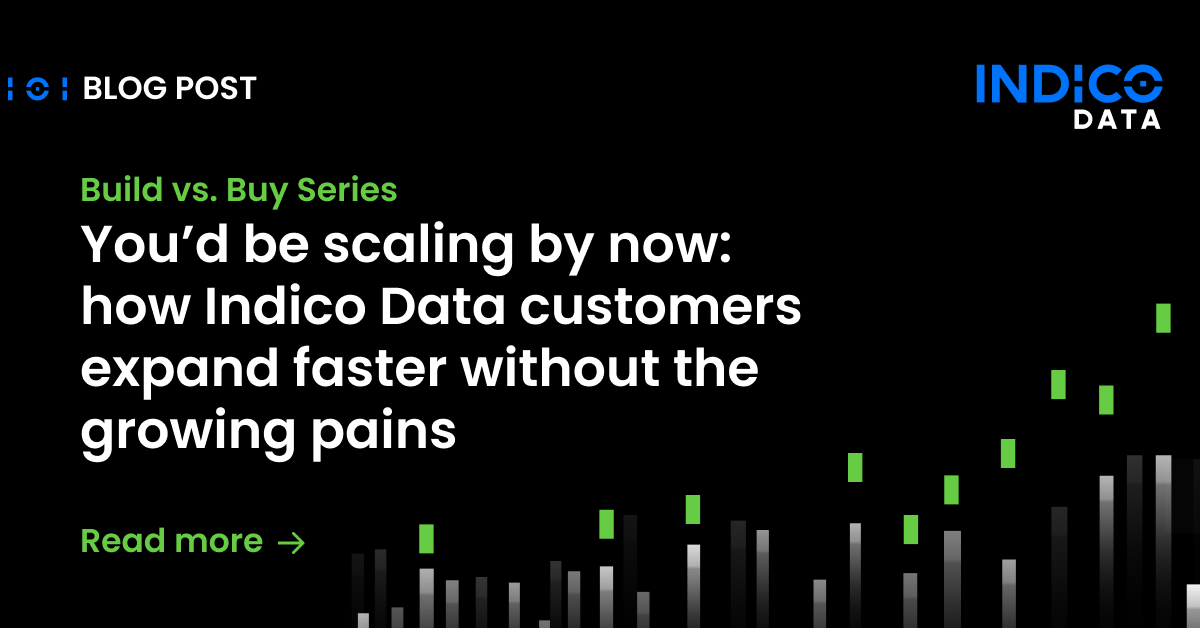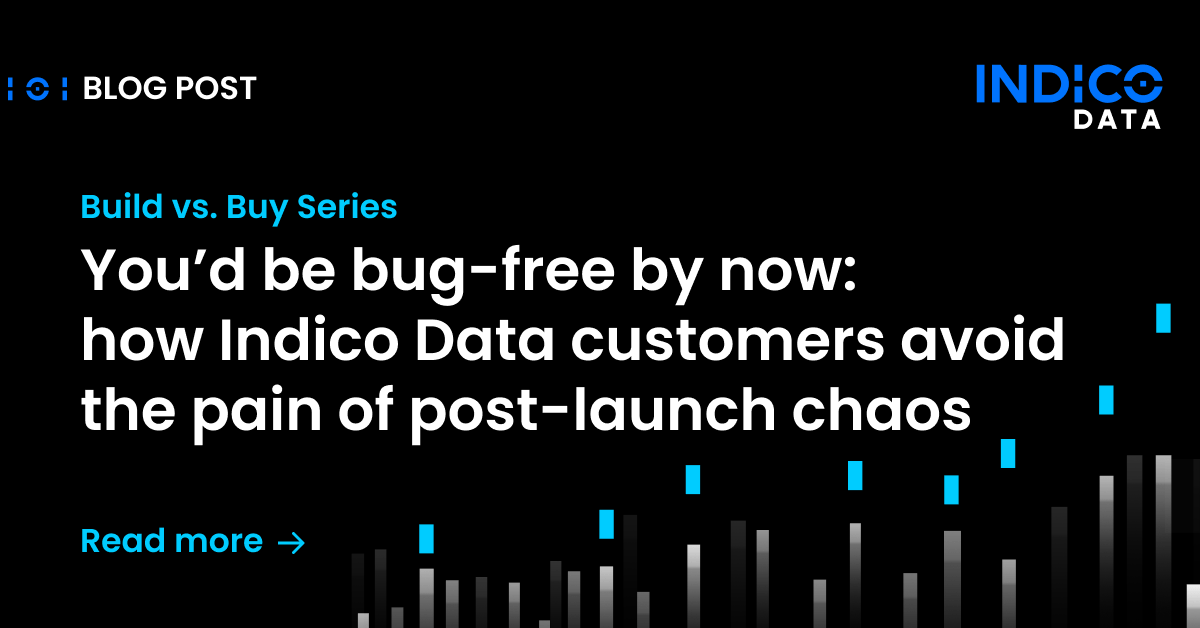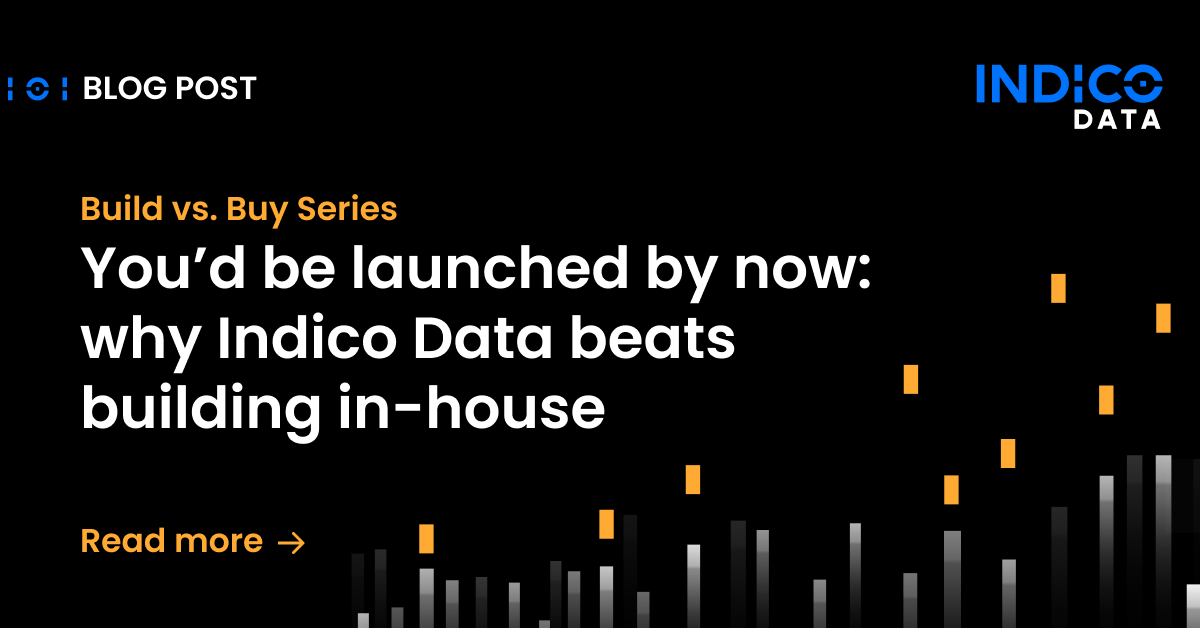By all accounts, the insurance industry is struggling to find good people, especially in areas like underwriting that require specialized expertise. But technology can help insurance companies close the gap by making the underwriter’s job easier and more rewarding, as well as by helping companies retain the employees they already have.
This idea sprung from listening to the most recent Unstructured Unlocked podcast, in which our host Chris Wells talked to Art Borden, who has decades of insurance underwriting and technology experience with firms including CNA and Zurich Insurance. Almost in passing, Borden mentioned the difficulty insurance firms have in not only finding good underwriters but teaching them the nuances of your firm’s particular way of doing things. That includes how to use your legacy technology systems – including the “archaic” ones, as he put it.
The discussion got me to thinking about how adopting some newer technologies, including artificial intelligence, could help. Off the bat, I can see how things like intelligent intake can take a lot of the drudgery out of the underwriting submission process while others, including use of big data, AI-powered analytics and digital twins can drive better decision-making. At the same time, they are the sort of cutting edge technologies that will attract smart people to want to work for your firm – the polar opposite of “archaic” technologies.
Listen to the full podcast here: Unstructured Unlocked episode 9 with Art Borden
Table stakes: automating submission intake
In my last post I covered how an intelligent intake solution can aid the underwriting submission process, acting as a sort of bionic arm. An AI-based platform can automate a good chunk of the front end of the process by “reading” submission documents. Automation models can be trained to categorize each document, identify the relevant bits of data to extract and enter the data into whatever your downstream underwriting automation system is.
Automating the underwriting submission intake process increases productivity so much it really should be considered table stakes for any insurance company that’s struggling to hire and/or retain employees. What’s more, it removes a lot of the work your associates likely don’t love doing in the first place, so should help with employee retention. Happy employees stay longer.
Related content: Prepare for the future: Give your underwriters a bionic arm
Applying analytics to drive better decisions
More important from an underwriting perspective, however, is intelligent intake takes all that insurance submission data and puts it into a structured format. That’s important because now you can apply all sorts of AI-driven analytics tools to the data.
Even better, you can combine the submission data with third-party data that helps you better quantify risk. A commercial property insurance firm, for example, can use third party data on age of buildings, size, type, location and more. Climate data is another big one, of course.
But it takes underwriters with vast experience to be able to make any sense of all this data and determine how it affects an individual policy. But now we’ve got AI and machine learning tools that can cull through vast quantities of data and point underwriters to the best conclusions. Such tools can help lessen the learning curve of what Borden calls the “art” of underwriting.
Related content: Underwriting exec explains how applying technology to insurance underwriting processes keeps brokers happy
Applying IoT and digital twins to underwriting
That idea gets particularly exciting when you think about all the data you can potentially feed to such AI/ML engines.
The Internet of Things (IoT) is creating more and more data all the time, in just about any vertical industry. Building management systems monitor conditions in commercial buildings 24×7 and can pinpoint when a boiler or HVAC systems is underperforming. It’s a short leap from there to being able to predict with confidence how long various pieces of building infrastructure can be expected to last.
Then it’s a matter of determining the consequences of a failure of some piece of critical infrastructure. That’s where digital twin technology could be a real boon.
Digital twin technology involves making replicas of the physical world in software. Such models enable you to play with different “what if” scenarios to determine the effect of various events and conditions.
Say you create a digital representation of a building and want to find out what will happen if it’s subject to hurricane-force winds or a 6.8 earthquake. A digital twin model can give you answers to such questions – in seconds.
One of our earlier podcast guests specialized in marine insurance – container ships and the like. I imagine assessing risk in those sorts of applications is a next-level challenge for an underwriter. But if you can create a digital twin of a ship, and apply various conditions to it – think storms and system failures – now you should be able to get a much more accurate sense of the inherent risks and their costs.
If all this sounds like pie in the sky, it isn’t. AI/ML and digital twins are being deployed now in various industries; there’s no reason insurance shouldn’t be among them.
I suspect they’re just the kind of technologies that would attract the attention of smart, tech-savvy job candidates that can fill the current need for underwriters (and other) insurance positions. The key is to start getting your technology house in order such that you can take advantage.
For more insights, check out the full transcript of the podcast here.
Check out the full Unstructured Unlocked podcast on your favorite platform, including:



